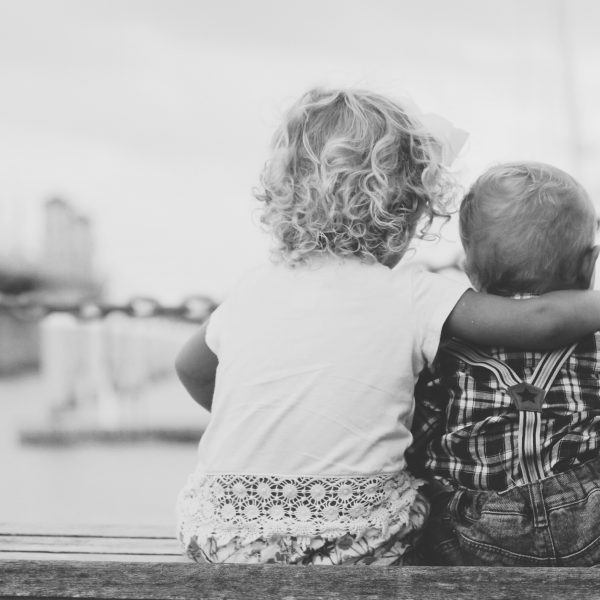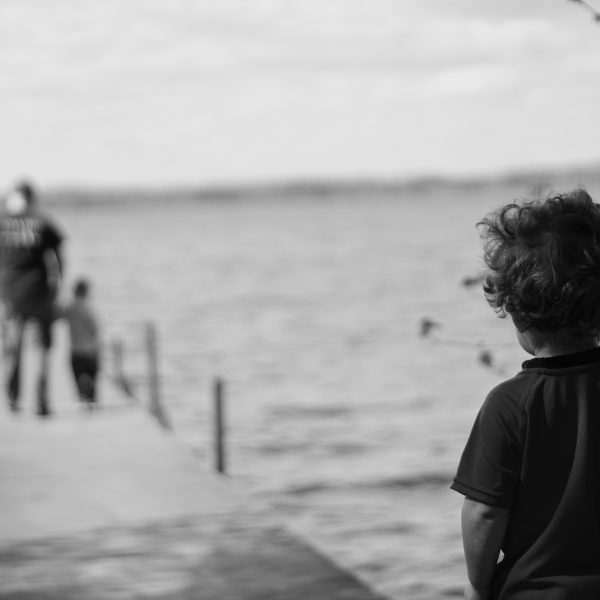New Child Safe Standards come into play from July 1 – are you across the changes?

Eleven new Child Safe Standards will replace the current seven come July 1 2022.
The changes have been made to ensure greater consistency reflecting the National Principles for a Child Safe Organisation developed following the Royal Commission into Institutional Responses to Child Sexual Abuse.
The changes will provide greater clarity for organisations on actions required to meet minimum standards, supporting child safety frameworks that many organisations will already have in place.
What are the 11 new Child Safe Standards?
Child Safe Standard 1: Organisations establish a culturally safe environment in which the diverse and unique identities and experiences of Aboriginal children and young people are respected and valued.
Child Safe Standard 2: Child safety and wellbeing is embedded in organisational leadership, governance and culture.
Child Safe Standard 3: Children and young people are empowered about their rights, participate in decisions affecting them and are taken seriously.
Child Safe Standard 4: Families and communities are informed and involved in promoting child safety and wellbeing.
Child Safe Standard 5: Equity is upheld and diverse needs respected in policy and practice.
Child Safe Standard 6: People working with children and young people are suitable and supported to reflect child safety and wellbeing values in practice.
Child Safe Standard 7: Processes for complaints and concerns are child focused.
Child Safe Standard 8: Staff and volunteers are equipped with the knowledge, skills and awareness to keep children and young people safe through ongoing education and training.
Child Safe Standard 9: Physical and online environments promote safety and wellbeing while minimising the opportunity for children and young people to be harmed.
Child Safe Standard 10: Implementation of the Child Safe Standards is regularly reviewed and improved.
Child Safe Standard 11: Policies and procedures document how the organisation is safe for children and young people.
How are the new Standards different from the National Principles?
The changes to the Victorian Standards means they better align with the National Principles for Child Safe Organisations, developed following the Royal Commission into Institutional Responses to Child Sexual Abuse.
The Victorian Standards, however, feature unique elements including a Standard about cultural safety for Aboriginal children and young people (Standard 1) and additional requirements in Standard 3 to empower children and young people.
Where organisations work across multiple states, or nationally, they may need to comply with a number of different versions of the Standards and National Principles.
What do the changes mean for your ECEC service?
The new Standards outline the minimum requirements and actions that organisations, including early childhood education and care (ECEC) services must take to keep children and young people safe.
Organisations may already have policies and practices in place, which will help them be compliant with the new Standards. In some areas, policies and practices may need to be updated or developed to meet the new Standards.
For those services who require assistance in developing policies and practices which are consistent with the new standards, a number of support options are available.
For further information on the Standards including the details of each, the changes/new inclusions and frequently asked questions please see here.
Popular

Workforce
Policy
Quality
Practice
Provider
Research
ECEC must change now, our children can’t wait for another inquiry
2025-07-02 07:47:14
by Fiona Alston

Workforce
Practice
Provider
Quality
Research
Supporting successful transitions: Big moves, big feelings
2025-06-26 11:00:30
by Fiona Alston

Practice
Quality
Research
When joyful autonomy matters so much more than curriculum outcomes
2025-06-25 09:30:36
by Contributed Content












